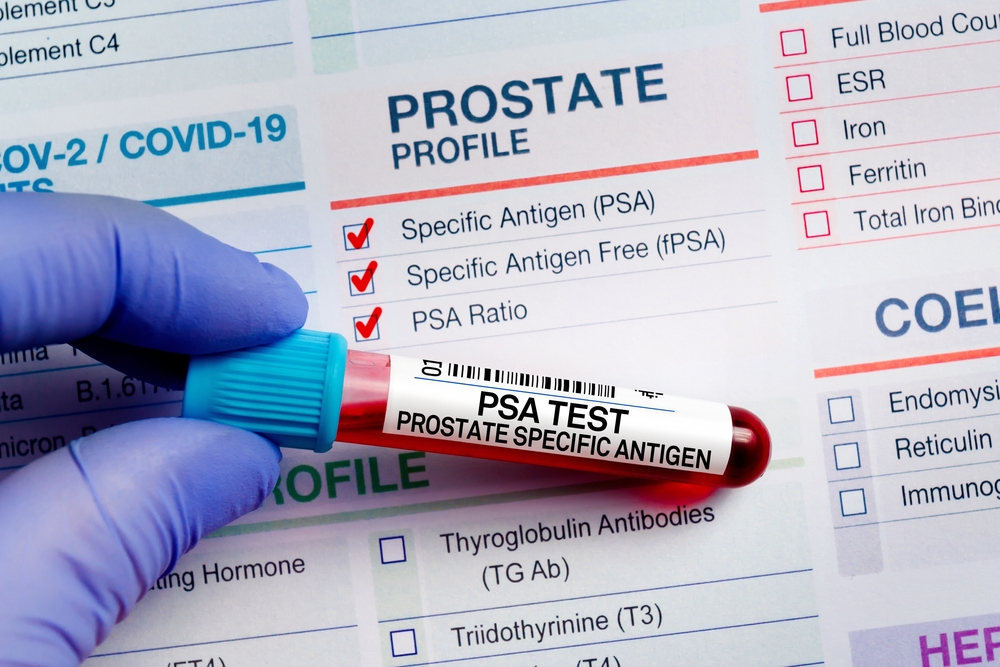What is PSA?
PSA is a protein produced by both normal and malignant cells of the prostate gland. While primarily found in semen, small amounts circulate in the bloodstream. Elevated PSA levels can indicate prostate cancer but may also result from benign conditions like prostatitis or benign prostatic hyperplasia (BPH)
Purpose of the PSA Test
The PSA test measures the concentration of PSA in the blood, aiding in:
- Screening for Prostate Cancer: Detecting potential cancer in asymptomatic individuals.
- Diagnosing Prostate Conditions: Assessing causes of urinary symptoms.
- Monitoring Treatment: Evaluating the effectiveness of prostate cancer treatments.
- Checking for Recurrence: Detecting cancer return post-treatment
Interpreting PSA Levels
PSA levels are measured in nanograms per milliliter (ng/mL). Interpretation varies based on age, race, and individual risk factors. General guidelines include:
- 0–2.5 ng/mL: Low risk.
- 2.6–4.0 ng/mL: Slightly elevated; consider risk factors.
- 4.1–10.0 ng/mL: Moderately elevated; further testing may be needed.
- Above 10.0 ng/mL: High risk; significant likelihood of prostate cancer
It’s essential to note that PSA levels can fluctuate due to various factors, and a single elevated result doesn’t confirm cancer.
Factors Influencing PSA Levels
Several conditions and activities can affect PSA readings:
- Age: PSA levels naturally increase with age.
- Prostate Enlargement: Conditions like BPH can raise PSA levels.
- Prostatitis: Inflammation or infection of the prostate.
- Ejaculation: Can temporarily elevate PSA levels; abstain 24 hours before testing.
- Medical Procedures: Recent prostate exams or surgeries.
- Medications: Some drugs can influence PSA readings
PSA Screening Guidelines
Recommendations for PSA screening vary:
- Men aged 55–69: Discuss potential benefits and risks with a healthcare provider.
- Men aged 70 and above: Routine screening is generally not recommended.
- High-risk groups (e.g., African American men, those with a family history): Consider earlier and more frequent screening .
Benefits and Limitations of PSA Testing
Benefits:
- Early detection of prostate cancer.
- Monitoring disease progression.
- Guiding treatment decisions.
Limitations:
- False positives leading to unnecessary procedures.
- Overdiagnosis of slow-growing cancers.
- Potential side effects from subsequent treatments .
Making Informed Decisions
Before undergoing PSA testing, consider:
- Personal Risk Factors: Age, race, family history.
- Potential Outcomes: Understanding the implications of test results.
- Preferences: Weighing the benefits and risks of knowing.
Engage in shared decision-making with your healthcare provider to determine the best course of action.
Conclusion
PSA testing is a valuable tool in managing prostate health but requires careful consideration. Understanding its purpose, benefits, and limitations empowers individuals to make informed choices in collaboration with their healthcare providers.

